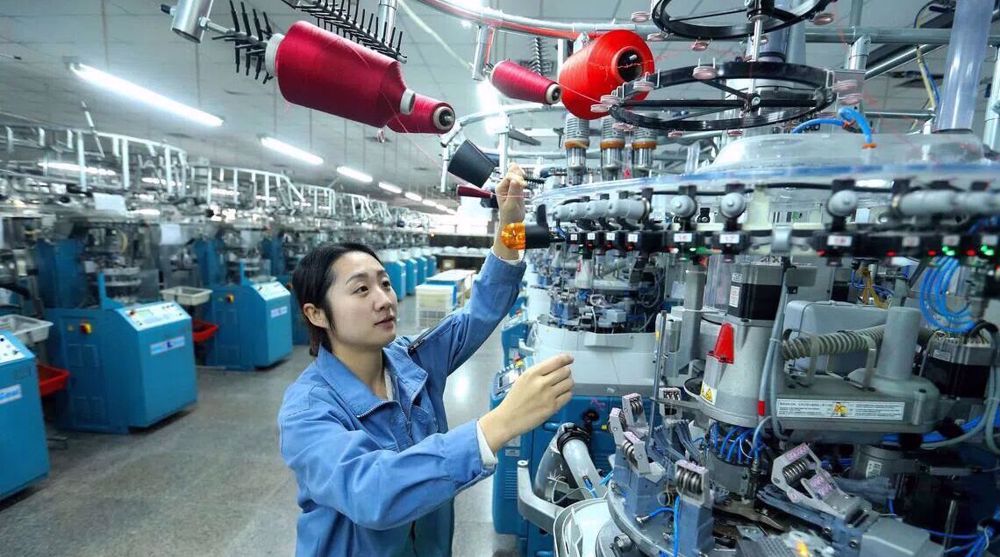Hong Kong protesters hold fresh demo, reject leader’s concession
Thousands of people in Hong Kong have taken to the streets of the international financial hub to hold yet another protest rally, rejecting calls by the city’s leader, Chief Executive Carrie Lam, to end their movement, which plans to disrupt the airport.
Clashes occurred during the rally on Friday evening when police fired volleys of tear gas and rubber bullets to disperse crowds of demonstrators who had gathered outside a police station in Mongkok district.
Protesters later blocked roads, torched barricades and confronted riot police before breaking up without any major new clashes.
Since June, Hong Kong has been beset by unrest over an extradition bill that would have allowed the extradition of suspects to mainland courts for trial.
Although the government of the semi-autonomous Chinese region has dropped that bill, protests have persisted, with individuals more routinely resorting to violence.

Protesters are demanding the resignation of Carrie Lam and a permanent withdrawal of the widely unpopular bill.
On Wednesday, the government of Hong Kong finally bowed to protesters’ key demand, announcing the withdrawal of the controversial extradition bill, but activists vowed to press on with their campaign. They dismissed Lam’s move as a hollow gesture after more than 1,100 arrests and many facing potentially lengthy jail sentences.

"It's too late now. In these three months, a lot of people have sacrificed themselves and been arrested,” said one of the protesters on Friday.
Protesters now say their movement will only end when other demands are met such as an amnesty for those arrested, an inquiry led by a judge into the police, and universal suffrage. All the demands have so far been rejected by Lam and Beijing, which has repeatedly threatened to resort to the military might to restore order if necessary.
Protesters plan to "stress test" the city’s airport on Saturday afternoon, commenting on social media on how to disrupt road and rail links leading to the terminals.
Last month hundreds of flights were cancelled over two days when hundreds of demonstrators staged a sit-in at the airport.
Hong Kong has been governed under a “one-country, two-system” model since the city — a former British colony — was returned to China in 1997.
VIDEO | Press TV's news headlines
Hamas: Israel escalating ceasefire violations in Gaza
Venezuela's government declares unwavering unity behind Maduro
VIDEO | Global outcry over Venezuela president abduction
Iran keeps wheat import subsidies despite cutting other food supports
Venezuelan military stands with acting president after US kidnapping of Maduro
VIDEO | Press TV's news headlines
VIDEO | Protesters in Toronto slam US kidnapping of Venezuelan president












 This makes it easy to access the Press TV website
This makes it easy to access the Press TV website